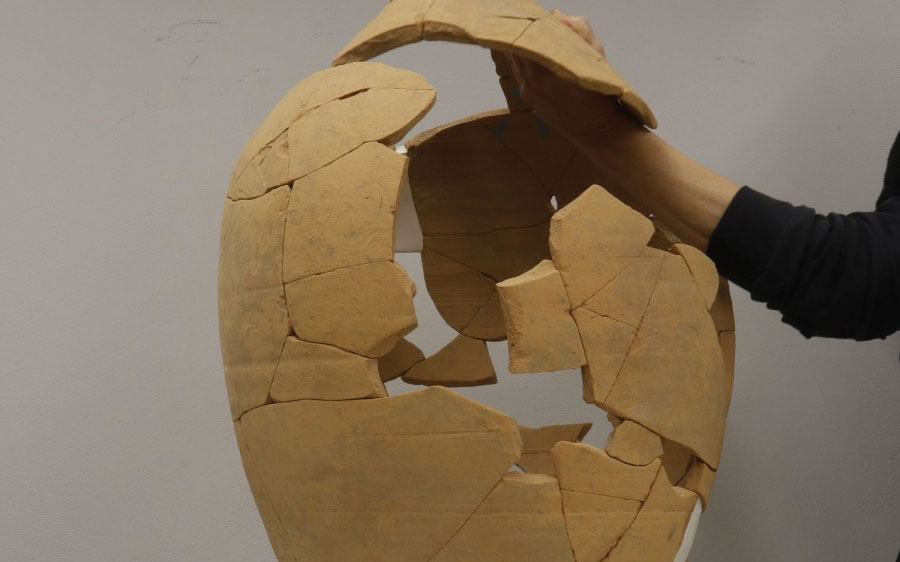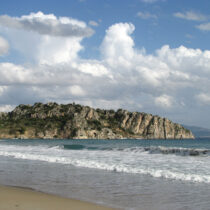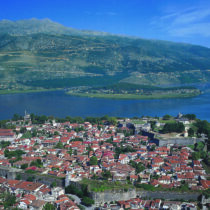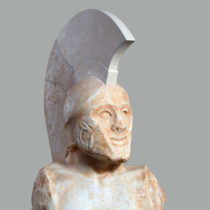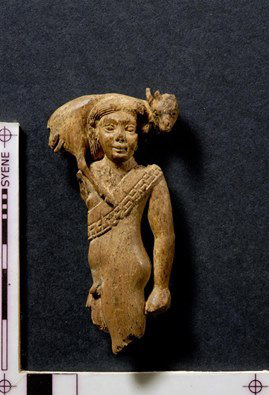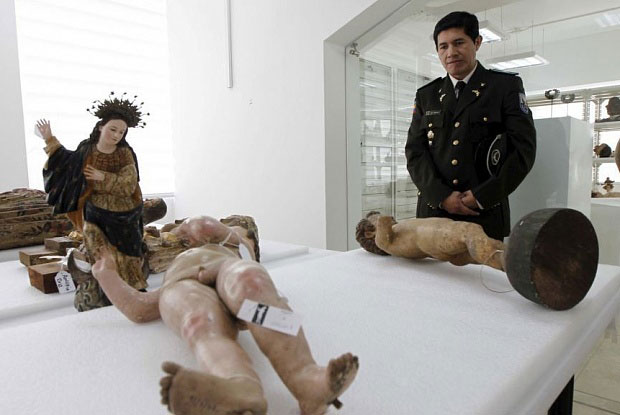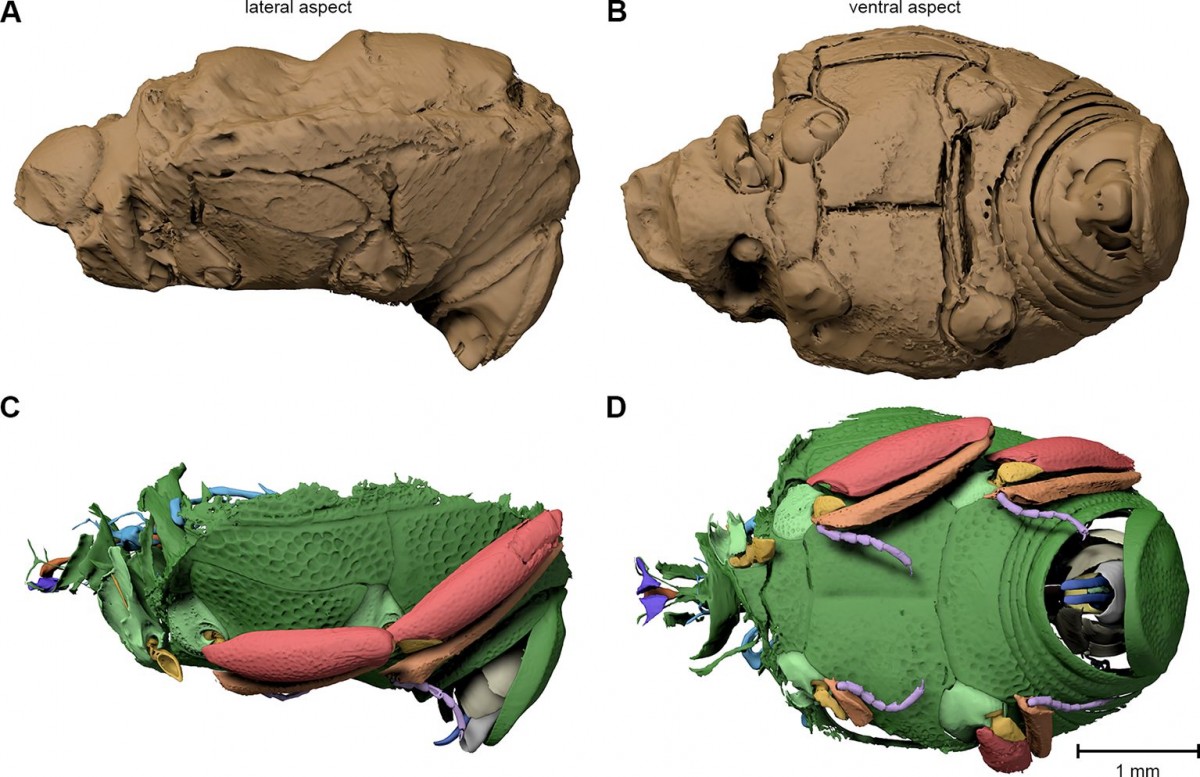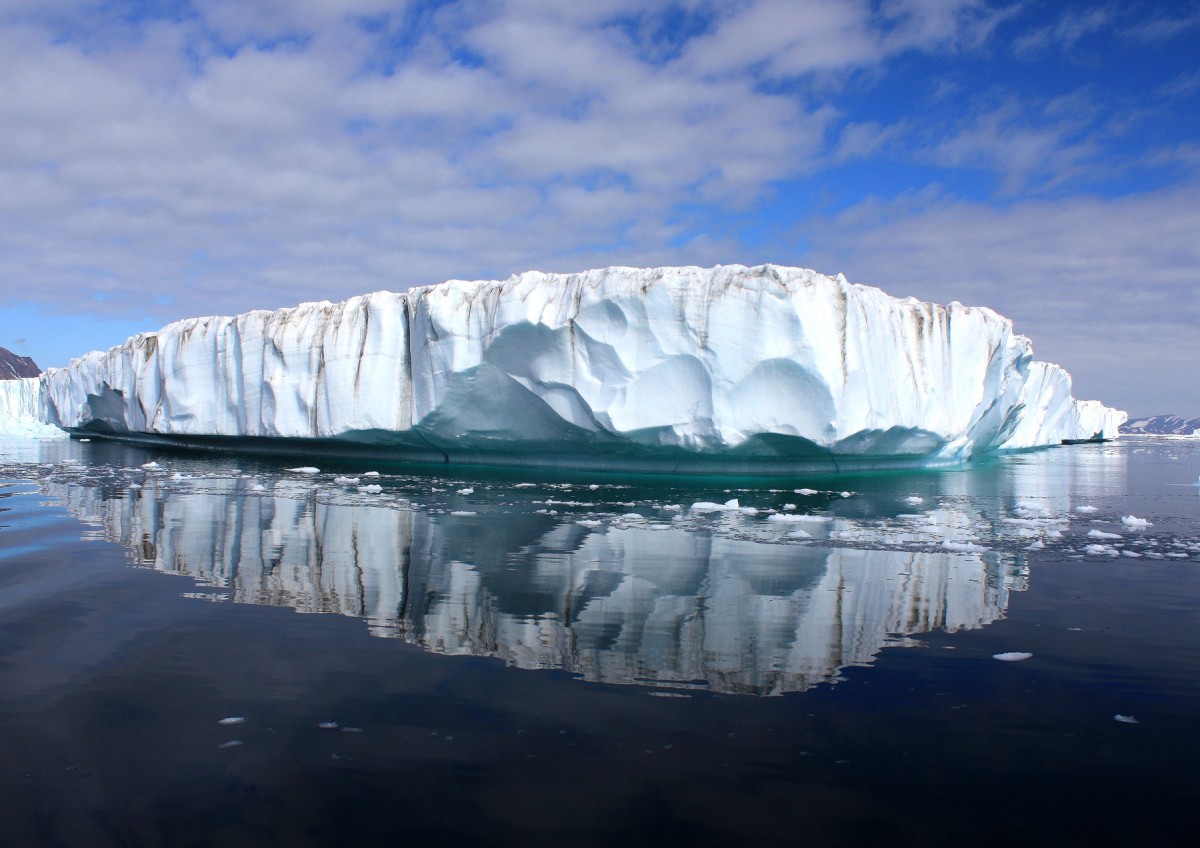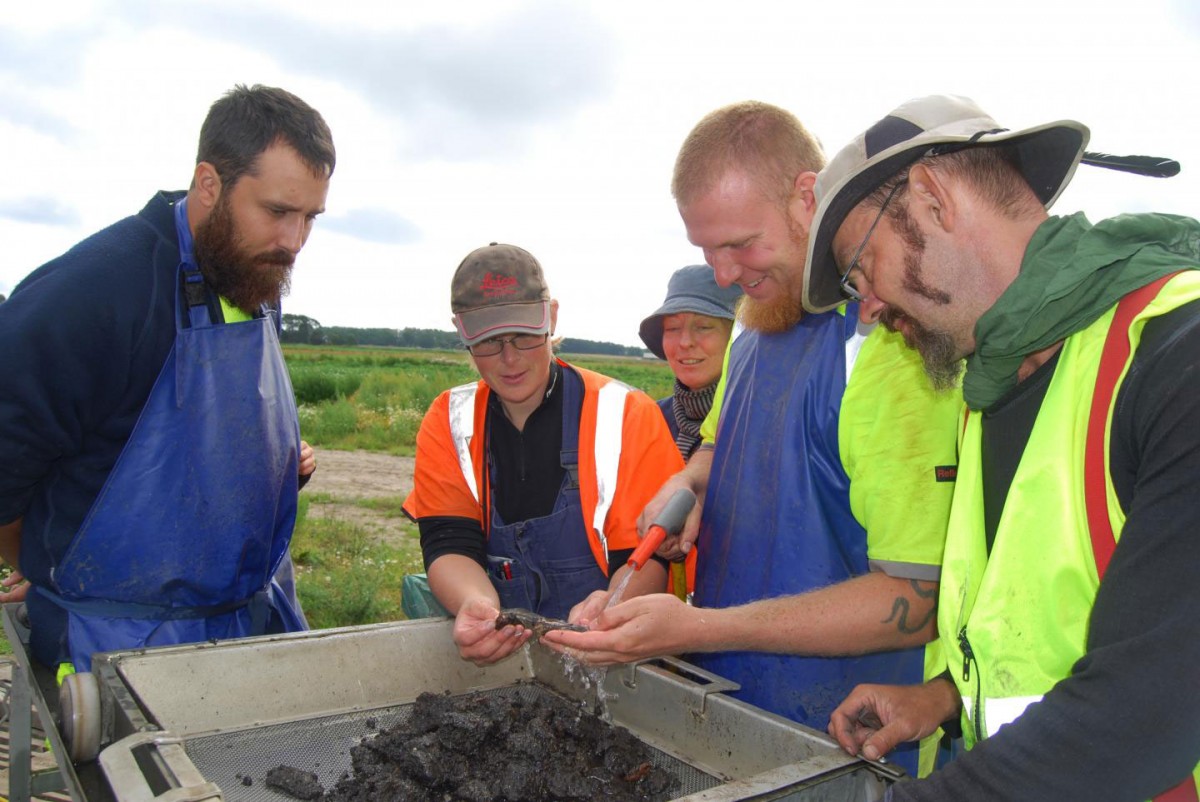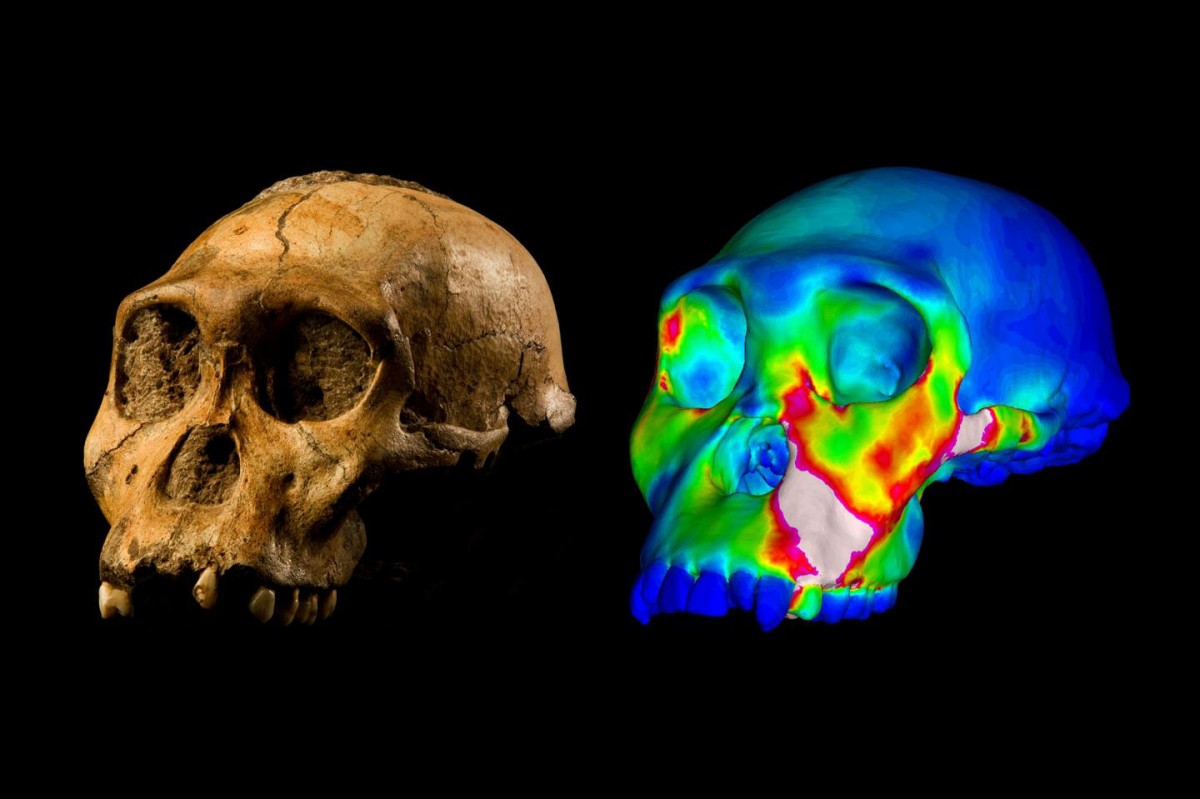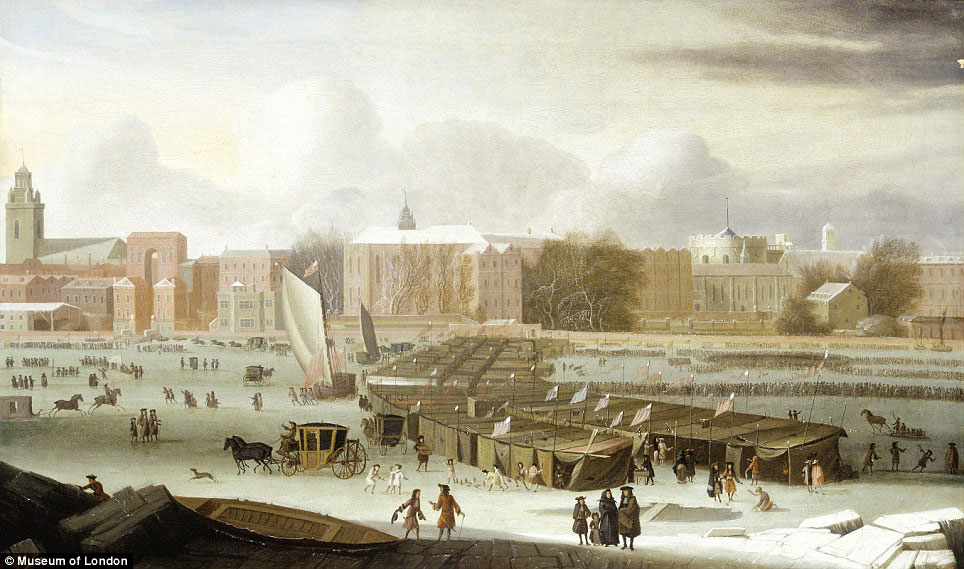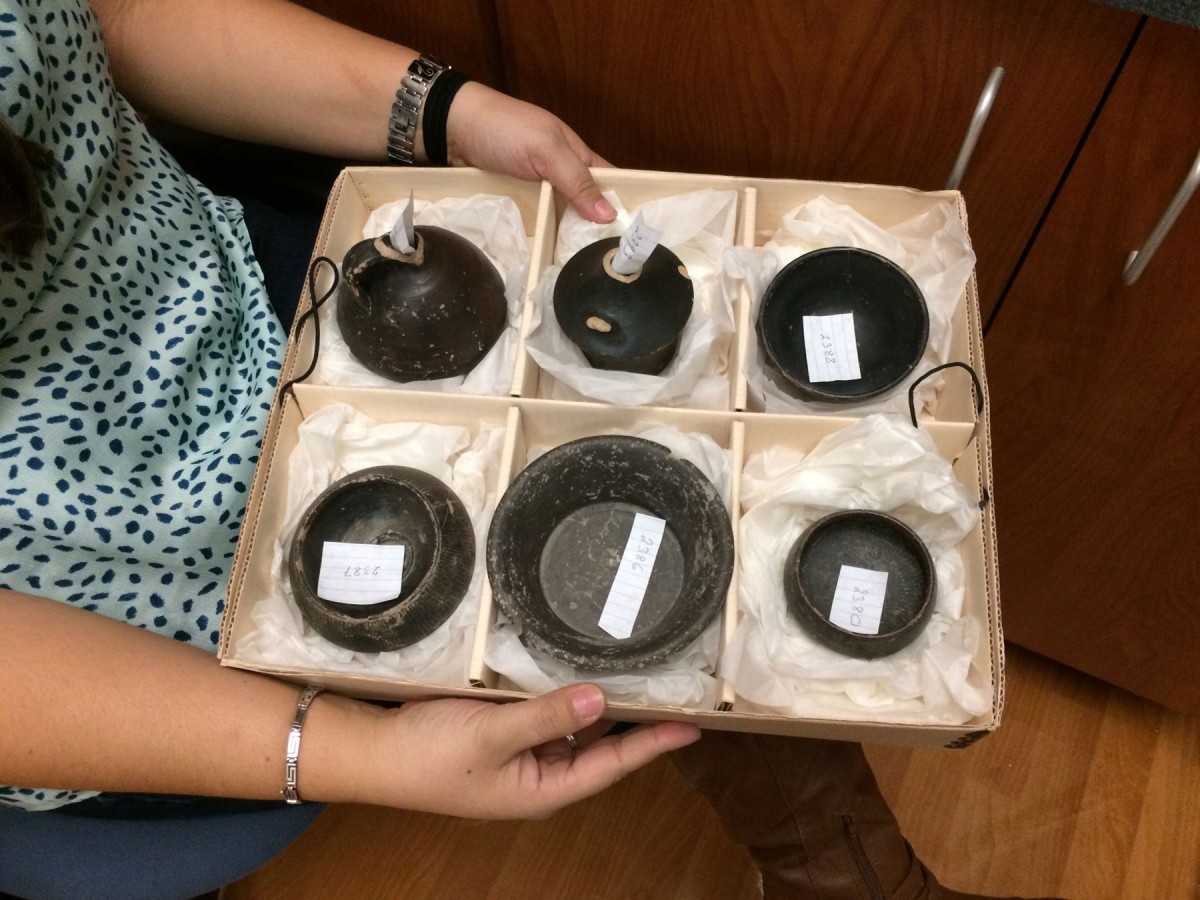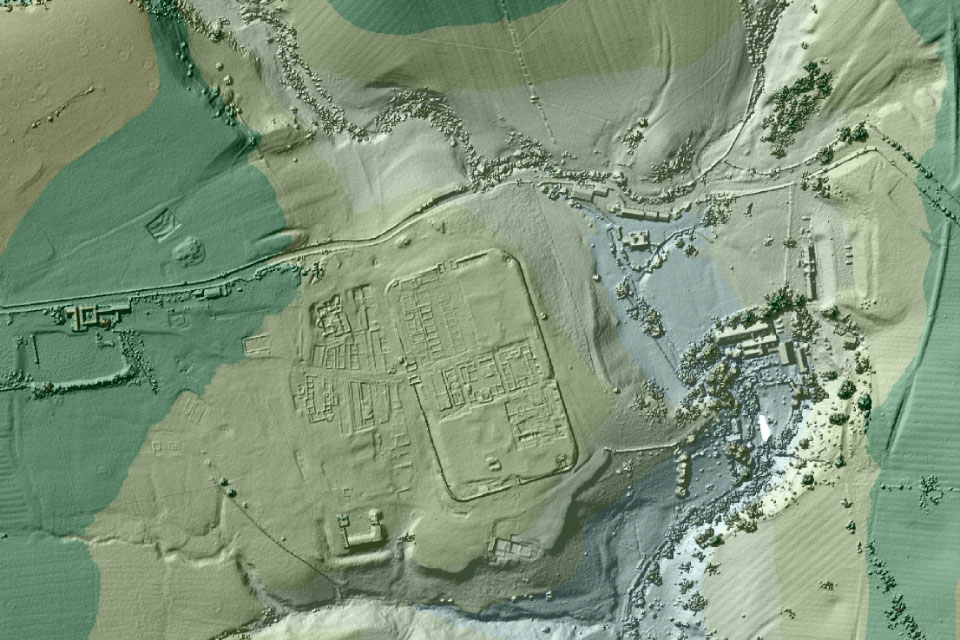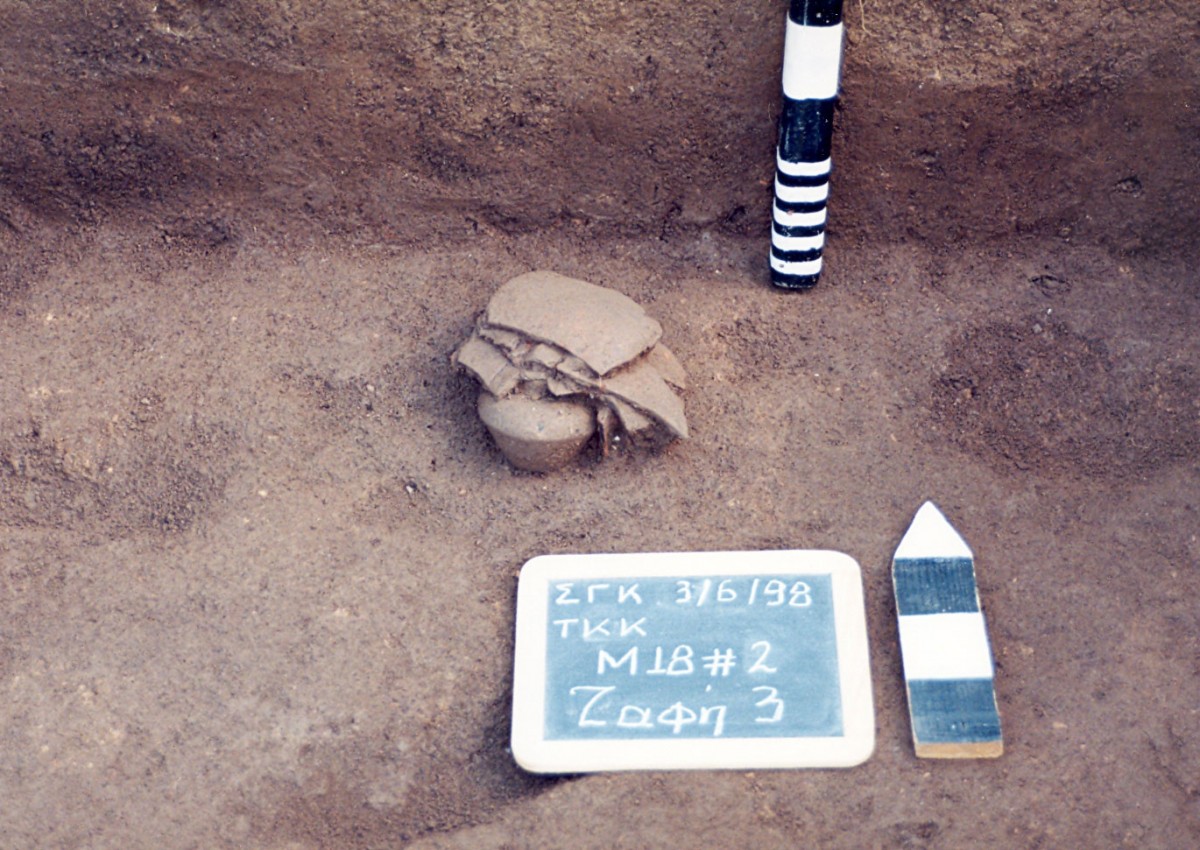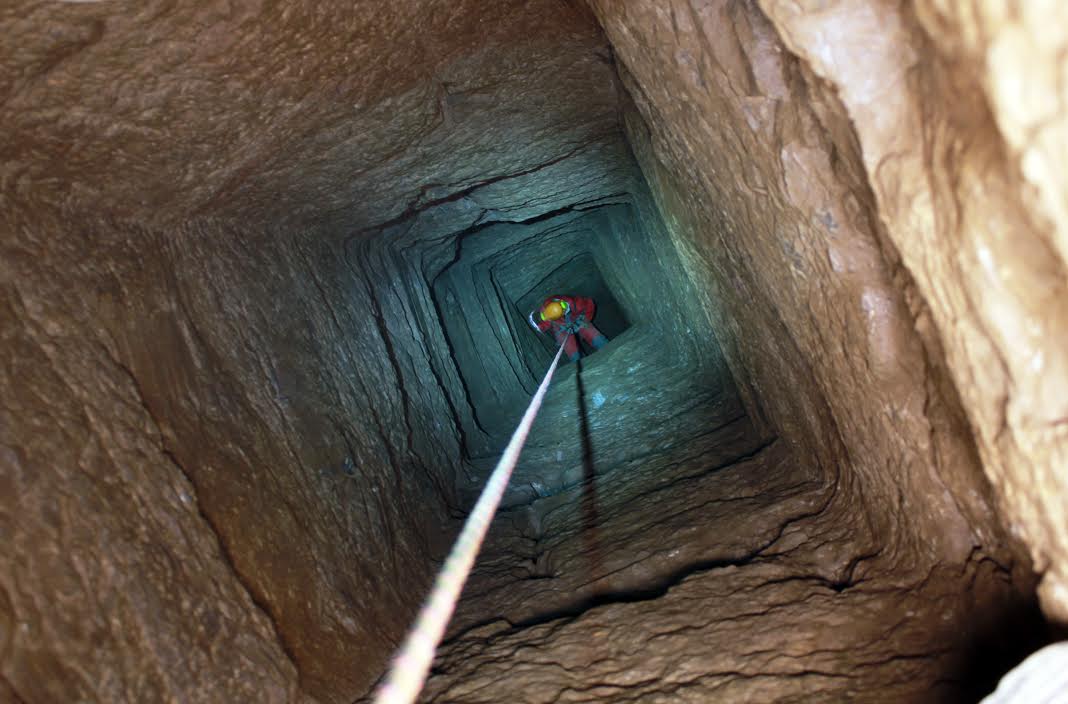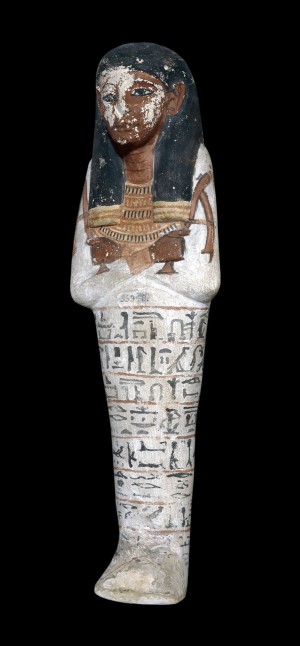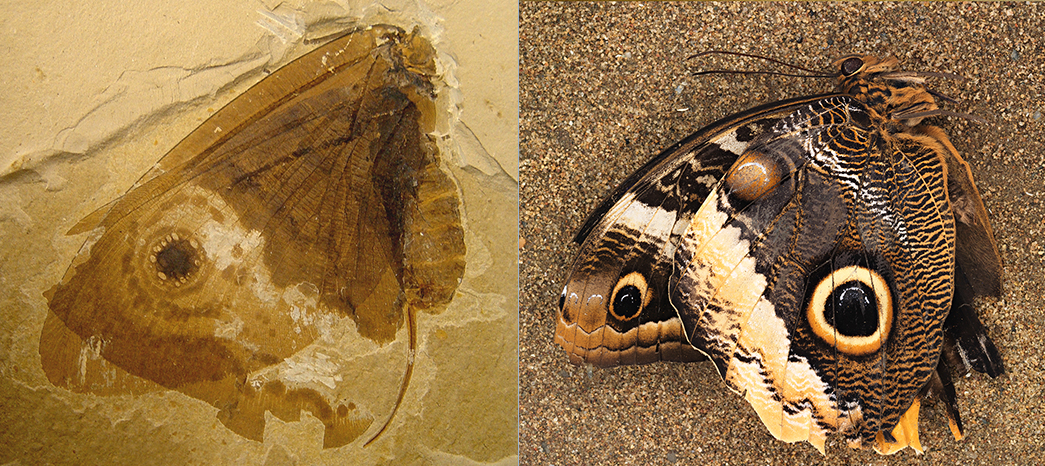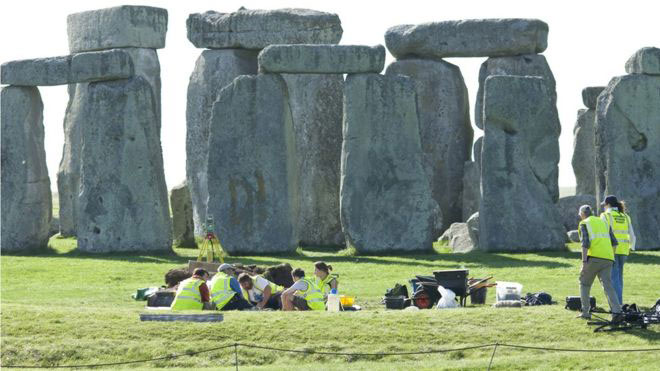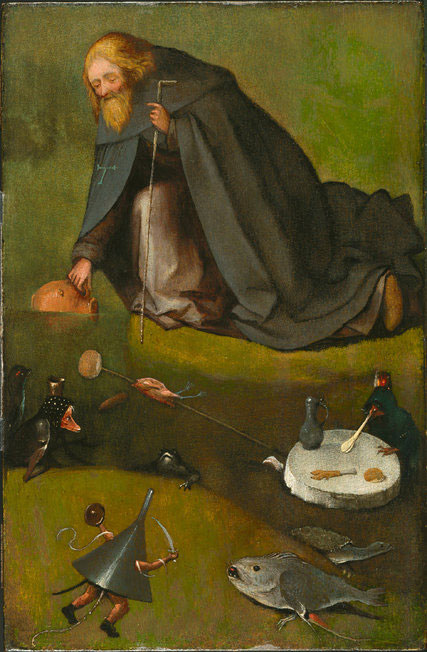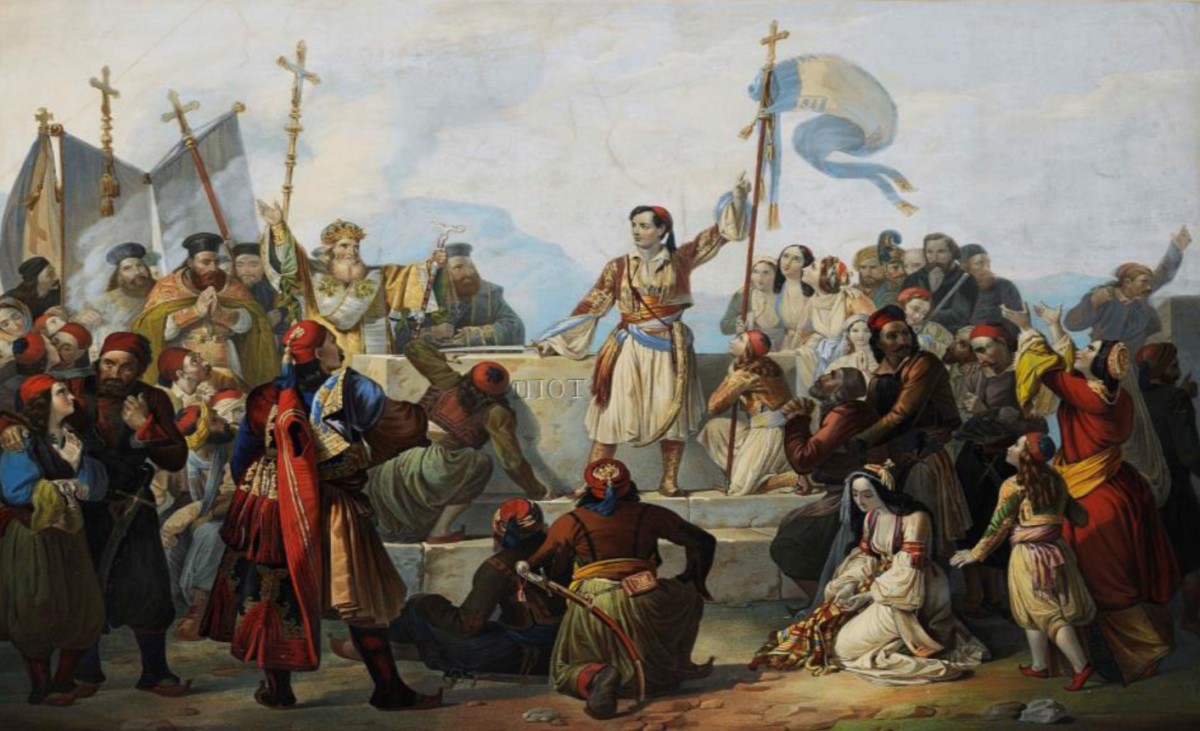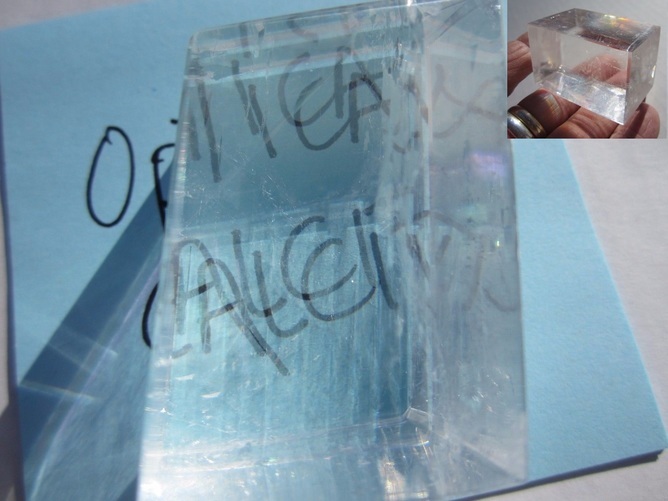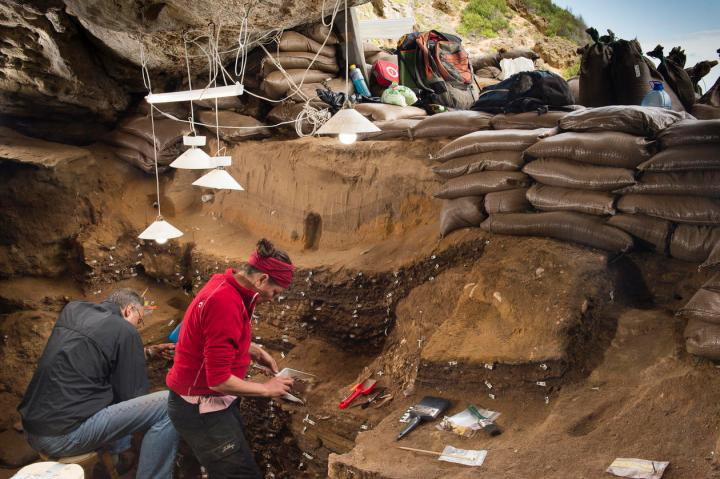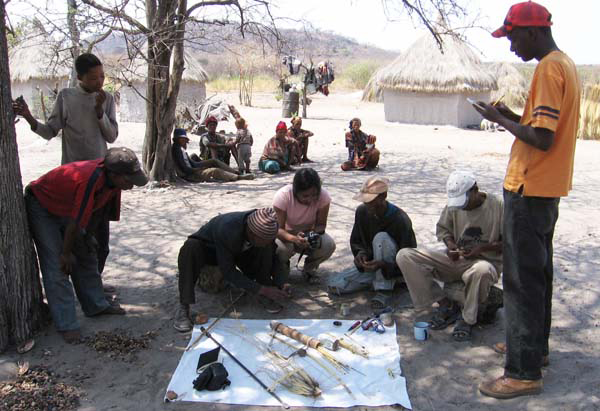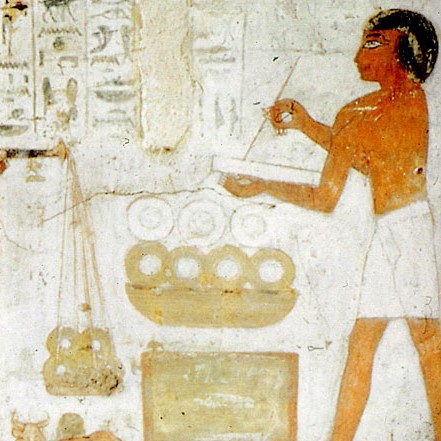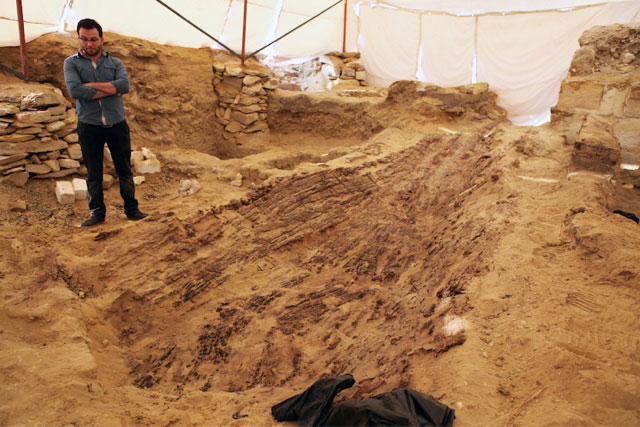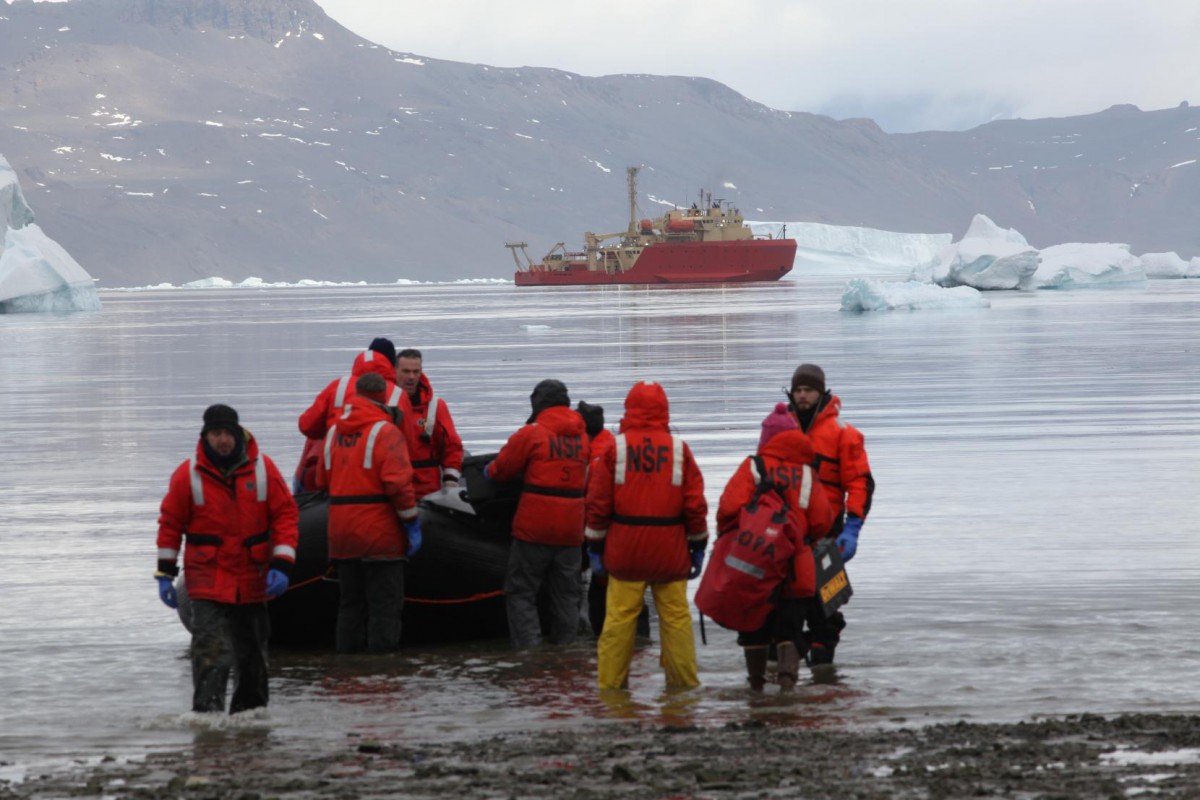Egyptian Embassy in Germany receives an ivory statuette
Egypt's Embassy in Berlin has received an ivory statuette that dates back to the 7th or 8th century BC as a first step to repatriate it to its place of origin.
Ecuadorian artefacts returned from Spain and Argentina
Ecuadorian authorities announced the repatriation of about 500 artefacts from Argentina and Spain last week.
Fossils turn out to be a rich source of information
Research team, coleaded by University of Bonn, discovers a surprising inner life in long-overlooked beetles.
Scientists map Greenland Ice movement during past 9,000 years
Scientists have created the first map that shows how the Greenland Ice Sheet has moved over time, revealing that ice in the interior is moving more slowly toward the edges than it has, on average, during the past 9,000 years.
Signs of early settlement in the Nordic region date back to the cradle of civilisation
The discovery of the world’s oldest storage of fermented fish in southern Sweden could rewrite the Nordic prehistory with findings indicating a far more complex society than previously thought.
Early human ancestor didn’t have the jaws of a nutcracker
Biting too hard would have dislocated jaw of Australopithecus sediba.
New ‘Little Ice Age’ coincides with fall of Eastern Roman Empire and growth of Arab Empire
Researchers from the international Past Global Changes (PAGES) project write in the journal Nature Geoscience that they have identified an unprecedented, long-lasting cooling in the northern hemisphere 1500 years ago.
Researchers help capture lifecycle of Roman pottery
University of Arkansas researchers are collaborating with the Capitoline Museum and the University of Missouri to study Roman pottery stored in the museum for more than a century.
Lasers reveal ‘lost’ Roman roads in the UK
UK archaeologists are using Environment Agency laser mapping data to rediscover hundreds of kilometres of 'lost' Roman roads.
The Neolithic settlement of Toumba Kremasti Koilada (Part 6)
Excavation data of Kremasti supports the diverse use of space in settlements of the Late Neolithic period.
Some 5000 years ago, silver mining on the shores of the Aegean Sea
At the foot of the Mycenaean Acropolis of Thorikos a French team of mining archaeologists has just discovered an inextricable network of galleries, shafts and chambers.
“Writing for Eternity” at the Tullie House Museum & Art Gallery
Spanning 4000 years of writing in Ancient Egypt, the history of this ancient civilisation is explored through stunning objects and texts in this exhibition from the British Museum.
Paleobotanist plays role in discovery of ‘Jurassic butterflies’
IU Paleobotanist David Dilcher is identifies a Jurassic Age insect whose behavior and appearance closely mimic a butterfly.
Burial site at Stonehenge shows gender equality
Research at Stonehenge has revealed that more women were buried there than men, in contrast to the image scientists had so far about gender equality in prehistory.
500-year-old painting is attributed to Hieronymus Bosch
A small oil on panel depicting the temptation of St Anthony was made by Hieronymus Bosch and not by a pupil or follower of his, researchers say.
Ornate Roman fresco revealed in London
An ornate fresco that once adorned the residence of a wealthy Roman citizen has been discovered by a team of archaeologists at 21 Lime Street, in London.
Lord Byron and Greece
Grethe Rostboell will give a lecture at the Danish Institute be about Byron's extraordinary life and about his active engagement in Greek matters for many years.
Vikings use of crystals as navigation tools theory tested
A team of scientists have been working on the idea that the Vikings used crystals to estimate the position of geographical north.
The Getty returned head of Hades to Sicily
On Friday, January 29, 2016, the J. Paul Getty Museum returned the terracotta head of Hades back to Sicily.
Humans evolved by sharing technology and culture
Our early ancestors, Homo sapiens, managed to evolve and journey across the earth by exchanging and improving their technology.
New research sharpens understanding of poison-arrow hunting in Africa
Α comprehensive study of the hunting tradition of the San peoples of Namibia sheds new light on their use of beetle and plant poisons to boost the lethality of their arrows.
Ancient Technology and Ancient Economies
The International Hellenic University organizes a Summer School entitled “Ancient Technology and Ancient Economies”, due to take place in July 2016.
Old Kingdom large boat found in tomb in Abusir
A Czech mission of archaeologists have discovered an Old Kingdom boat in Abusir, at a mastaba tomb.
Looking for Dinosaurs in Antarctica
Millions of years ago Antarctica was a warm and lush environment ruled by dinosaurs and inhabited by a great diversity of life...
